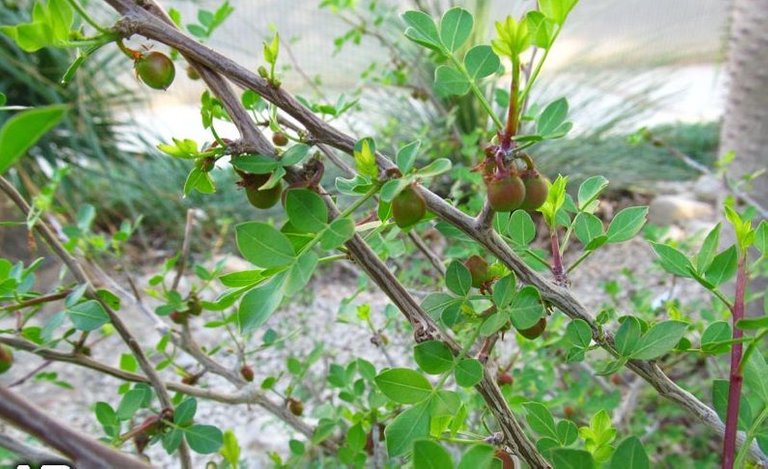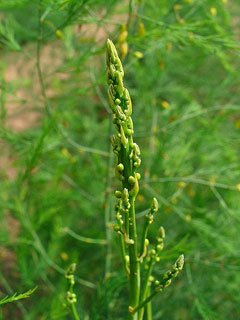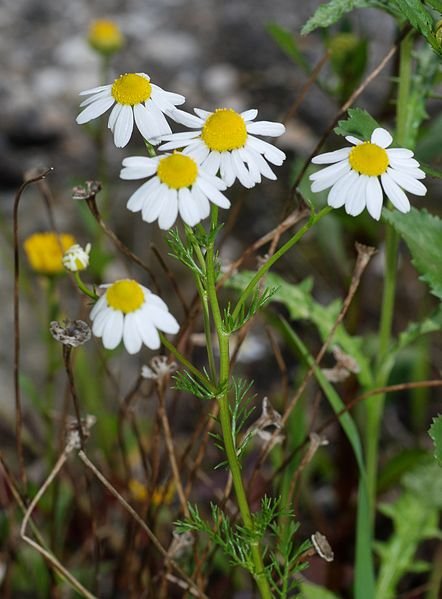
THE BALM OF GILEAD also known as Commophora gileadensis
Historically this one plant that goes by the name Balm of Gilead has generated a lot of controversies and confusions due to expensive perfumes and drugs obtained from them. The purpose of this write is not to do clarification but to enlighten us on their uses and significance. It is a shrub species that grows in Southeast of Egypt as well as Saudi Arabia, Yemen and Oman.
The plant medicinal activity and potency was attested to in the bible as it is mentioned in Genesis 37:25 and Jeremiah 8:22
And they sat down to eat bread: and they lifted up their eyes and looked, and, behold, a company of Ishmeelites came from Gilead with their camels bearing spicery and balm and myrrh, going to carry it down to Egypt.
Is there no balm in Gilead; is there no physician there? why then is not the health of the daughter of my people recovered?
Although some people often attribute God as the Balm of Gilead, figuratively yes, as a healer but from the figures of speech comes the real interpretational root of the matter. There exist this plant with immense medicinal values especially from its sap, wood, bark and seeds and excellent perfumes for use
The second herb for today is known as ASPARAGUS

SCIENTIFIC NAME Asparagus officinalis
Asparagus is an ancient spring vegetable flowering perennial plant used as medicine due to its delicate flavor and diuretic properties. It was discovered more than 3000 BC years ago among the Egyptians, Syrians and Spaniards. Sometimes it is ate fresh when in season or dried during winter. It is called garden asparagus or sparrow grass in folklore.
diuretic substances are those that promote increase excretion of water (e.g urine) from the body
It has significant medicinal use especially wherever increased flow of urine is desirable and for people suffering from oedema (especially arising from congestive right heart failure). Its diuretic property has made it possible for treatment of the following medical conditions
- Heart failure
- Liver cirrhosis
- Hypertension
- Water poisoning
- Kidney diseases
Additionally the plant is a very good source of vitamin B6, C, E and K, folic acid, calcium and other dietary fibre. Its constituents includes asparagin, saponins flavonoids and high levels of potassium salts.
A freshly prepared 20 – 50 ml of its expressed juice of the fresh root taken 3 times a day will provide excellent therapeutic effect

CHAMOMILE also known by its scientific name as Matricaria chamomilla L is a well-known medicinal herb native to southern and eastern Europe. It is abundant in Germany, Russia, France India and also found in North Africa. It has the ability to grow abundantly in poor soil especially in hungary. Chamomile is an ancient herb that has been used as herbal remedies for thousands of years in Egypt, Greece and Rome. As a matter of fact it has been believed by Anglo-Saxons as 1 out of 9 sacred herbs given to human by the Lord for remedy.
It is rich in essential oil out of which its medicinal value was obtained. This herb is used mainly as an anti-inflammatory and antiseptic. Its flowers are notable for their relaxant properties, calming restlessness and tension. Chamomile is often referred to as star among medicinal herbs. It has multitherapeutic and cosmetic application not to mention its nutritional values which has been established through years of traditional and scientific use and research. Few among its uses includes
- Source of natural product e.g Sesqquiterpenes, flavonoids, coumarins
- Analgesic
- Anticancer
- Relief from gastrointestinal disorder
- Treatment of infant botulism
- Treatment of oral mucositis
- Wound healing properties
- Virucidal agent
- Antimicrobial
- Antistress
- Inhibition of polio virus replication
- Prevent osteoporosis
- Sedative
And many more.
All these have been established with scientific proofs
Application of this herb is simply by 1 – 4 grams dried flower equivalent three times or more daily will surely give a relief from any medical condition.
Till I come your way next time, kindly upvote, resteem and follow…..
References
Holy Bible King James Version
Snyder, Harry. (1908). "Human Foods and their Nutritive value". The MacMillan Company.
USDA Agricultural Research Service Data Section
Chamomile (Matricaria chamomilla L.): An overview
Anglo-Saxons
Pelchat, M. L.; Bykowski, C.; Duke, F. F.; Reed, D. R. (2010). "Excretion and Perception of a Characteristic Odor in Urine after Asparagus Ingestion: a Psychophysical and Genetic Study". Chemical Senses. 36 (1): 9–17. doi:10.1093/chemse/bjq081. PMC 3002398 . PMID 20876394.
Image 1 Source
Image 2 Source
Image 3 Source
All Image used are under the Creative Commons Attribution-ShareAlike License
Your Post Has Been Featured on @Resteemable!
Feature any Steemit post using resteemit.com!
How It Works:
1. Take Any Steemit URL
2. Erase
https://3. Type
reGet Featured Instantly & Featured Posts are voted every 2.4hrs
Join the Curation Team Here | Vote Resteemable for Witness
😂😂😂 The balm of gilead. I like that one. Always heard it side by side the name of Jesus and in prayer points in church. But after reading this, I'll check stores for the perfume so I can wear it to church next sunday...😂😂😂
@scarletmedia thats funny lol